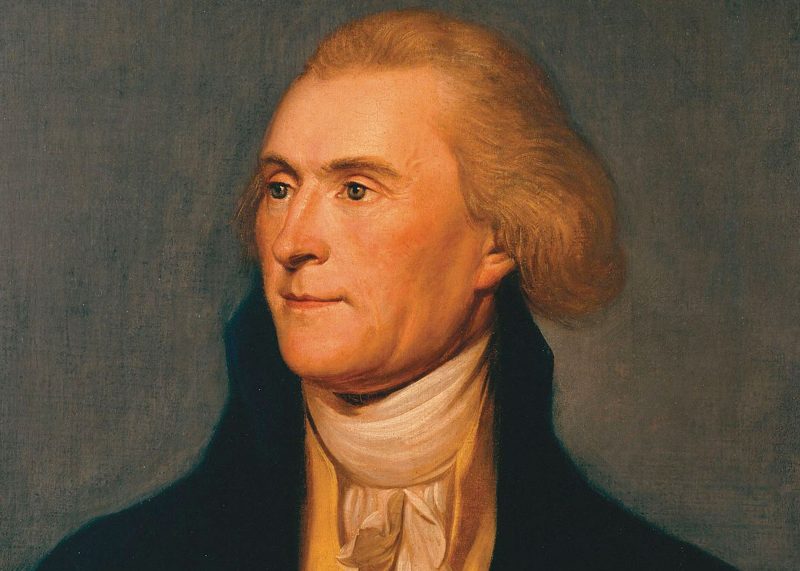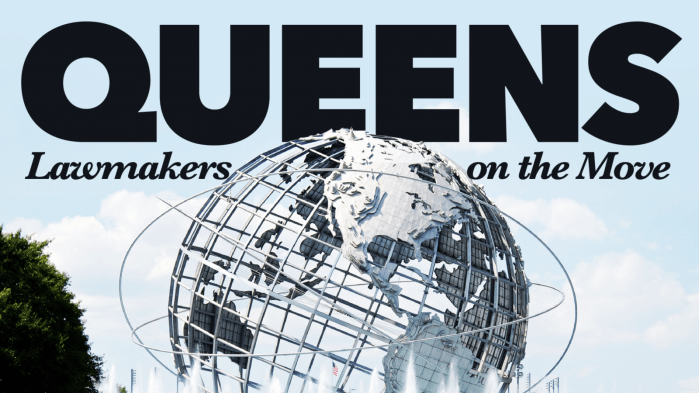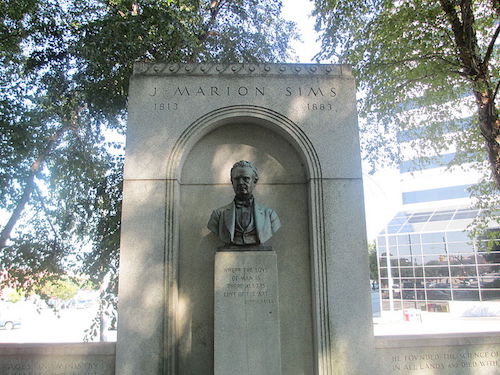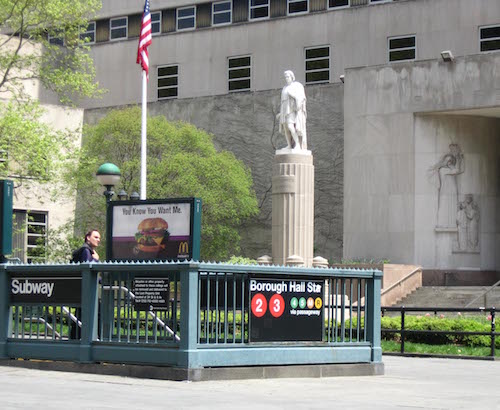Historical statues are coming down and they are coming down quickly.
But unlike in Washington D.C. and Raleigh, North Carolina where mobs are tearing down monuments and statues honoring the breakaway Confederacy, in New York City, it’s presidents and historical figures that lawmakers and civic leaders are targeting.
Last week, a group of New York City councilmembers sent a letter to Mayor Bill de Blasio calling on him to support their efforts to remove a long standing statue of Thomas Jefferson from New York City Hall. The plaster model of Jefferson, which sits in the City Council Chambers, was created by artist David d’Angers in 1833.
“Jefferson is America’s most noted slave holder, a man who owned more than 600 Black women and men and a scholar who maintained that Blacks were inferior to whites,” the letter, which was signed by Speaker Corey Johnson, Councilmembers Deborah Rose (D-Staten Island) and Ines Barron (D-Brooklyn), and the Co-Chairs of the Black, Latino and Asian Caucus Councilmembers Adrienne Adams (D-Queens) and I. Daneek Miller (D-Queens) read. “The City Council Chambers is a place where we vote on bills to improve the lives of all New Yorkers and build a more fair and just city. It is not a suitable place for a statue of Thomas Jefferson. Keeping it in City Hall sends a terrible message to the people who are counting on us to work towards a more equitable New York City,”
Jefferson was a slave owner at a time when slavery was practiced throughout the world. He was also the main author of this country’s Declaration of Independence, writing, “We hold these truths to be self-evident, that all men are created equal, that they are endowed by their Creator with certain unalienable Rights, that among these are Life, Liberty and the pursuit of Happiness,” making him a man of contradictions.
The lawmakers, including Johnson, who has been on the council for seven years and who has controlled the council’s agenda for two years since ascending to Speaker, raised the issue of the statue after protests swept the country following the killing of George Floyd in Minneapolis by police officer Derek Chauvin.
“New York City is experiencing a reckoning with regard to race and inequality in the wake of George Floyd’s murder, as is the entire country,” a City Council spokesperson said in an email responding to questions for Speaker Johnson about the call to remove the statue. “He looks forward to an ongoing dialogue surrounding monuments and historical memory throughout the five boroughs.”
Councilmember Adams, another signatory on the letter and co-chair of the Black, Latino, and Asian Caucus, likened their efforts to remove the statue to the police reform bills recently passed.
“Just like some of these bills, the call to remove the statue of Thomas Jefferson from the City Council Chambers was made years ago but has languished due to disinterest and dispassion,” Councilmember Adams wrote in an email. “How can we possibly move forward without acknowledging the past, however painful? Honoring and elevating Thomas Jefferson is counterproductive. We must have the uncomfortable conversations about racism. What does it say about our city if we continue to glorify a racist, slave owner and rapist within the confines of City Hall – The People’s House?”
Fellow co-chair Councilmember Miller echoed her point.
“It is incumbent upon us to fully capitalize on the momentum of this moment. We had this same discussion a decade ago in the Council, and there is a renewed sense of urgency in finally seeing it through,” he wrote in an emailed statement. “There are indeed problematic historical figures displayed across the city and throughout the nation that should be addressed. The fact remains that the image of a slave owner and misogynist is not synonymous with this body, and therefore we are once again calling for its removal.”
New York City doesn’t have memorials to the defunct Confederacy but it has its fair share of long standing statues that have drawn controversy.
The Christopher Columbus statue in Manhattan’s Columbus Circle has withstood countless petitions and protests calling for its removal over the years. Just last week protesters marched in Astoria calling for the removal of its counterpart on Astoria Boulevard. And on Sunday, the Museum of Natural History announced that they’d decided to take down the equestrian statue of Theodore Roosevelt which has sat outside of the museum since 1940 and has been the target of past protests.
All of these efforts raise the question of how to grapple with our country’s very real, violent and racist history. Can we –– or maybe should we –– hold historical figures to the standards of today when they lived in a very different time? And if so, how and how far do we go?
Look closely at countless statues scattered throughout the city of prominent historical figures and you’ll find something that makes them worthy of destruction. For example, Grant Gore at the intersection of Bedford and Rogers Avenue in Brooklyn is the home to a lesser known statue of Union General Ulysses S. Grant. Grant fought in and won the war against slavery. But, he was also a rampant anti-Semite. Or, what about the statue of George Washington on Wall Street outside of the Federal Building? A group of protesters toppled a statue of Washington in Portland, Oregon and set fire to its head –– could New York City’s be next?
And specifically in the case of Thomas Jefferson, the symbolic act of taking his plaster model out of City Hall won’t rid New York CIty of his presence. To erase him, the city would have to rename streets named after him in multiple boroughs. They’d have to change the names of Thomas Jefferson High School in Brooklyn and P.S. 22 Thomas Jefferson in Queens. Thomas Jefferson Park in East Harlem would have to be rededicated.
Then there’s the less obvious spots like 57 Maiden Lane in Manhattan where Jefferson lived for a few months in 1790. New York City was the newly formed nation’s capital. Jefferson, the author of the Declaration of Independence, was then the nation’s first Secretary of State.
“Regardless of his controversial past, Thomas Jefferson was a Founding Father whose philosophies shaped America as we know it,” said Councilmember Eric Ulrich (R-Queens). “The fact remains that removing his statue is a radical move that does not erase racial injustice or our nation’s dark past, As Americans, it is important that we acknowledge the mistakes of our forefathers and understand the role they’ve played in our country’s history.”















